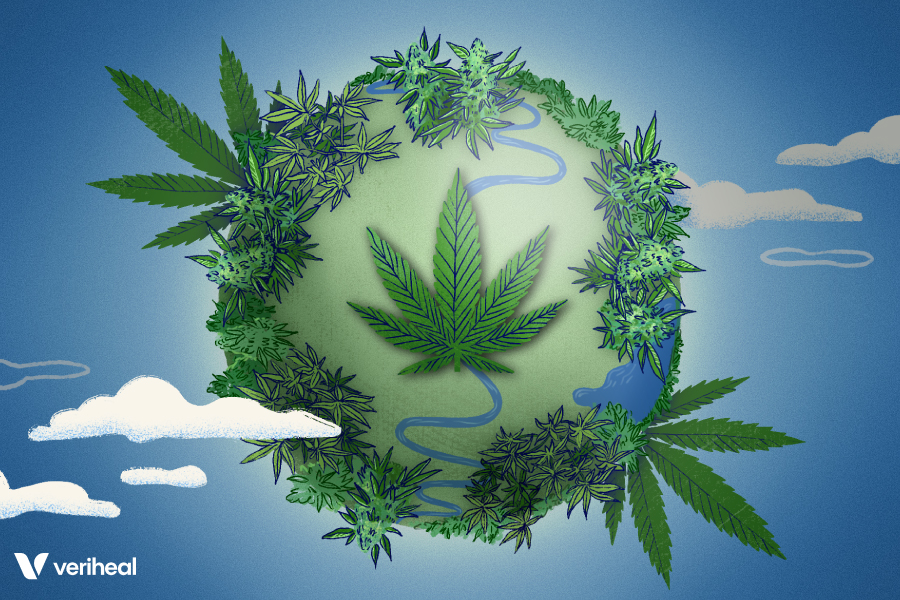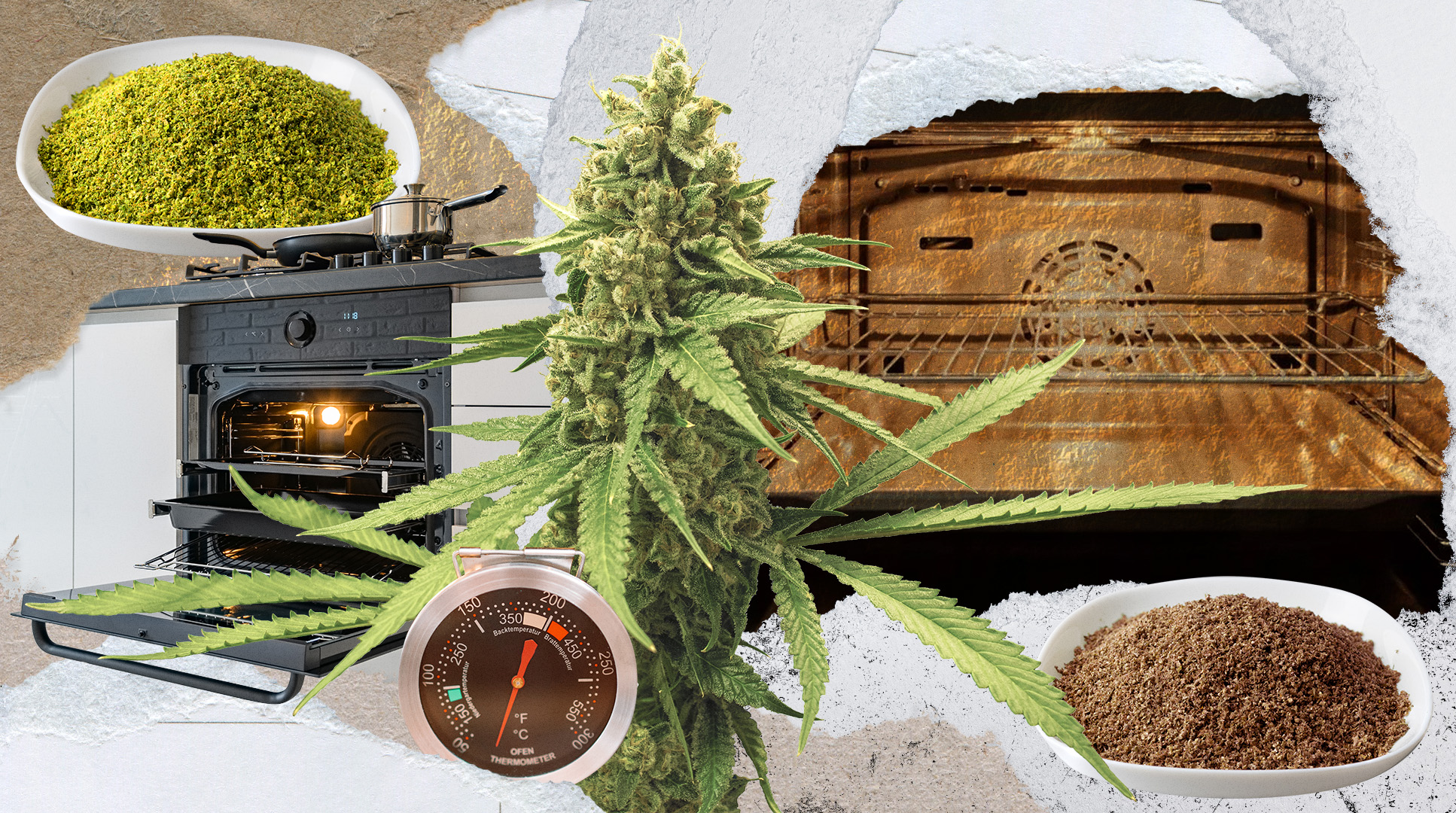We know that cannabis cultivation has a significant environmental impact. A recent study took an in-depth look at various ways that growers at large-scale cannabis cultivation sites could minimize any adverse effects on the environment. Within the study, there were five main areas in which cultivation facilities could implement new procedures to reduce the environmental impact. These include the following.
- Land Use
- Water Use
- Pesticide Use
- Energy Use
- Air Pollution
Let’s take a closer look at the environmental impacts that large-scale cannabis cultivation has and this study, which provides detailed policy recommendations to help guide cannabis cultivators to be more environmentally friendly in their cultivation efforts within each of these areas.
Procedure Changes That Help Reduce Environmental Impacts
Land Use
With respect to land use, cannabis has commonly been grown illegally in environmentally sensitive areas. It is suggested and recommended that appropriate planning could potentially minimize the negative environmental impacts associated with the expansion of cannabis cultivation. It is recommended that within rural areas that land-use planning strategies be implemented to regulate locations and sizes for newly established cannabis cultivation facilities. The study utilized Humboldt county’s “Retirement, Remediation, and Relocation” program as a shining example. Additional recommendations include the implementation of wildlife-conscious farming practices, which could positively impact wildlife habitats that would otherwise be negatively affected.
Water Use
Considering the large amounts of cannabis that are currently cultivated in semi-arid and drought-prone landscapes when it comes to water use in cannabis cultivation, it is suggested that the timing and location of water extraction are vital to decreasing the negative effects on the environment. Policy recommendations within the study for water use recommend implementing best practices for water management such as automated irrigation technology, reuse strategies to reduce water waste, the use of rainwater storage, and more.
Pesticide Use
Seeing how cannabis may be ingested or inhaled at high temperatures, it is vital to take into account that human exposure pathways are unique when it comes to pesticide residuals on cannabis. While pesticide controls for normal agricultural crops are regulated, we must go beyond those controls as cannabis can be consumed in many different methods, unlike other crops grown today. Policy recommendations from the study suggest that we need to develop rigorous testing standards for legal cannabis products. It is also essential that there are educational resources available for producers and cultivators regarding safer, natural pest control methods.
Why You Should Get Your Medical Marijuana Card
Veriheal has satisfied millions of patients nationwide by giving them access to these benefits
- Larger purchase limits
- Peace of mind
- Enhanced legal protection
- Access to higher potency strains
- Save up to 25% on cannabis purchases
- Skip the line at the dispensary
Energy Use
Another crucial area in which cannabis cultivation can negatively affect the environment is in regards to the energy use required for indoor and mixed-light cannabis cultivation. Some of the existing best practices include scheduling lights and other energy-intense elements to run during low peak energy demand times to reduce costs, as well as utilizing renewable energy sources in addition to energy-efficient light sources such as light-emitting diode lighting.
Air Pollution
Another area in which there is concern regarding the negative impact of cannabis cultivation on the environment is air pollution from cultivation and extraction facilities. The study noted that human olfaction “is unreliable for assessing the toxicity of BVOCs or, in cases in which masking of cannabis odors with exogenously applied industrial chemicals is permitted, for establishing the absence of hazards.”
Essentially this means that we can’t trust our noses when it comes to determining whether or not there is an area for concern or potential hazards when it comes to methods utilized to mask cannabis cultivation and extraction-related smells. Currently, best practices are to utilize carbon filtration, and in the case of extraction facilities, it is recommended to only use closed-looped extraction systems to minimize air pollution.
Conclusion
As you can see, whether being growing indoors or out, there is some potential risk for adverse effects to the environment from cannabis cultivation. However, as noted above, there are many ways in which we can alter practices as well as new ones that can be implemented along with careful planning to minimize these potential negative environmental effects. Many cannabis cultivation sites are doing just that in many ways, from utilizing rainwater to reduce water use needed in cultivation to utilizing state-of-the-art lighting technology to reduce energy use and pollution. In the years to come, as the market progresses globally, there are sure to be further advancements in this area that will help us, in the long run, to drastically reduce the negative effect that cannabis cultivation can have on the environment.
One of the ways in which this could be done lies in the basic essence that we do not need to be growing cannabis in each and every state that has legalized it when there are optimal growing conditions in just a few states that would be able to completely supply the U.S. with quality medicine. I mean, after all, each state doesn’t grow its own oranges, raise its own meat, or make its own wine, so why should every state be responsible for cultivating cannabis for patients and retail consumers? They shouldn’t, and the only reason we have to at this time is because of the outdated draconian cannabis prohibition still being enforced by the federal government that prevents transporting cannabis over state lines.
Author, Share & Comments















